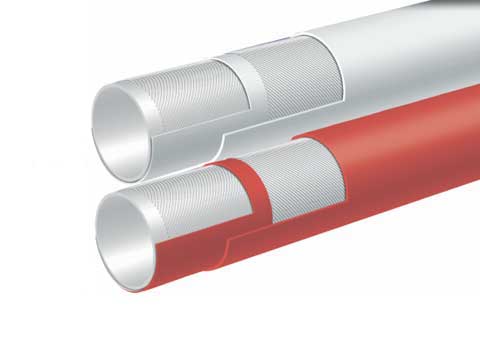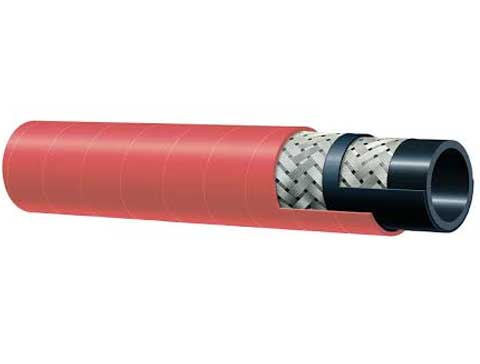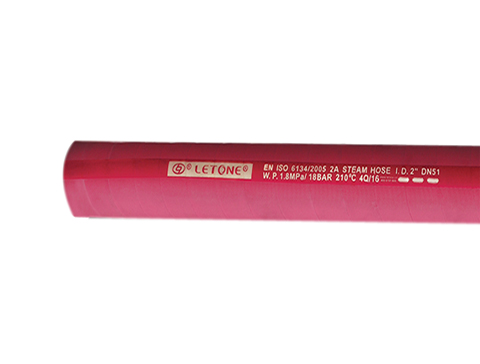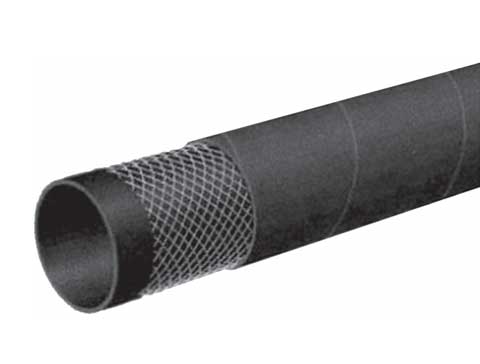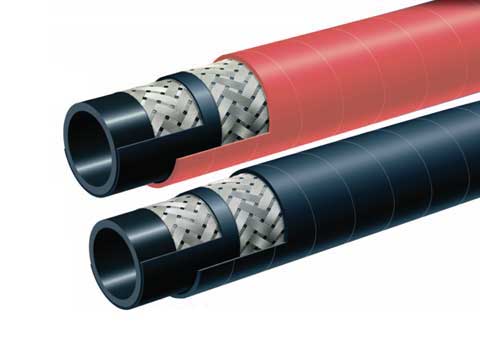Drain hoses are essential for residential furnaces. Not all materials are designed for liquid condensate removal from these units. One material that quickly became the preferred solution was EPDM rubber. This high-density, tough synthetic material is perfect for drain hoses.
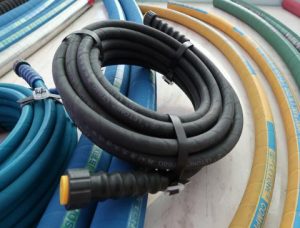
precautions in the use of rubber drainage hose
Rubber drain hose is an important component of residential furnaces, but not all materials are designed to remove liquid condensate from these furnaces. While OEMs once steered towards neoprene and nitrile due to their flame and oil resistance properties, another material quickly became the preferred choice for this application: EPDM. This is a high-density, synthetic rubber that has a variety of properties that make it perfect for draining hoses.
Among these is its resistance to pressure, kinking, and traction. It can also withstand erosive wear better than steel pipelines in certain circumstances. Additionally, it can absorb much of the energy of friable particles that impact against the hose surface, which significantly reduces particle degradation.
It is important to use caution when using this type hose. It is important to use a hose that can withstand the max pressure and temperature of the application, and to properly install and secure it. In addition, it is important to avoid dragging the hose across rough or abrasive surfaces. This can damage the rubber hose and reduce its performance. It is also important to select the correct hose length in order to avoid excessive stress on the fittings and hose. For example, twisting a hose rather than allowing it to naturally bend can reduce the hose's life by up to 90%.
specifications and models of rubber drain hose
Rubber hoses are designed for specific fluid, temperature and pressure ranges. The hoses consist of an inner tube which can withstand the fluid they convey, one or more reinforcement layers of braided, spiraled, or wired cotton, synthetic fiber or wire, and a rugged, outer cover. The outer cover also contains identification markings. These hoses can withstand pressure, twisting and mechanical deformation. They also withstand frost and are resistant to ultraviolet rays.
For drain hoses, EPDM is an ideal material choice. It is a synthetic rubber of high density that is extremely tough. It also has many other qualities which make it ideal for handling flue-gas condensate. One of these is its natural resistance to heat, weather and - crucially for drain hoses - acidity. EPDM can also withstand ozone, which is a problem for HVAC components.
Rubber hoses are flexible and can be molded according to your specifications. This flexibility can save you money over the long term by reducing waste and shortening production time. Moreover, it reduces the need to purchase replacement parts for damaged hoses. This is important, as some hoses can require expensive repairs because of excessive wear. Rubber hoses are more flexible and can handle higher cycle rates.
how should rubber drain hose Be stored?
Drain hoses are an important part of residential furnaces. However, not all materials can handle the liquid condensate that they are meant to remove. In the past OEMs chose nitrile and neoprene because of their oil and flame resistance. However, EPDM rubber quickly became the preferred material for drain hoses. This tough, high-density synthetic rubber has a number of qualities that make it the perfect choice for handling flue gas condensate.
Misapplication is the most common cause of drain hose failure. This includes using a hose in an application that it is not designed for or using the wrong size hose for an application. This causes internal damage to the tube and cover and can lead to failure of the hose within a short period of time.
The other common cause of hose failure is external damage to the hose itself. This can include kinking, crushing sections of the hose, or cover damage that exposes reinforcement. These factors can cause the hose to break down and fail, especially when working under pressure. Avoid twisting the hose when installing or servicing. This can reduce the hose's life by up to 90%.

